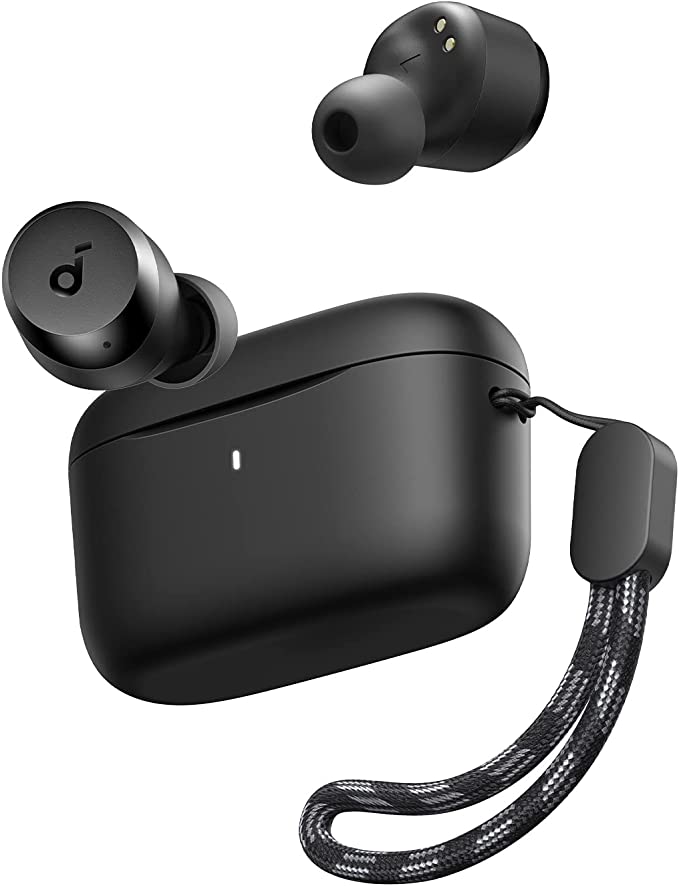The Architecture of Immersion: Deconstructing the Spatial Audio Physics of the Sonos Era 300
Update on Nov. 22, 2025, 4:05 p.m.
For over half a century, home audio has been dominated by a single geometric concept: the triangle. The “Stereo Triangle”—listener at the apex, two speakers at the base—has been the gold standard for reproducing music. However, a paradigm shift is underway. We are moving from Channel-Based Audio (Stereo, 5.1, 7.1) to Object-Based Audio (Spatial Audio, Dolby Atmos).
This shift requires new hardware architectures. The traditional boxy speaker, designed to fire sound in a straight line, is fundamentally ill-equipped for this new dimensional task. Enter the Sonos Era 300. Its peculiar, cinched-waist design is not an aesthetic affectation; it is a case study in “Form Follows Physics.” By analyzing its unique geometry and driver array, we can understand how modern engineering attempts to replicate the acoustics of a concert hall within a living room.

The Paradigm Shift: From Channels to Objects
To understand the Era 300, one must first unlearn Stereo. In a stereo mix, an engineer assigns a sound to the Left channel or the Right channel. If they want the sound in the center, they play it equally in both (the “Phantom Center”). It is a flat, horizontal plane.
Object-Based Audio (like Dolby Atmos) changes the rules. Instead of assigning audio to a specific speaker, engineers assign it to a specific coordinate in 3D space (X, Y, Z axis). The sound becomes an “Object” with metadata attached to it. * The Processor’s Job: It is up to the playback device—in this case, the Era 300—to calculate in real-time which drivers to fire and at what intensity to make that sound appear at that specific coordinate in your room.
This is why the Era 300 requires such high processing power compared to older speakers. It is constantly solving complex trigonometric problems to render a 3D soundstage.
The Hourglass Geometry: Designing for Dispersion
The most striking feature of the Era 300 is its “cinched” hourglass shape. In acoustic engineering, this is a solution to the problem of driver interference.
The speaker houses six drivers: * One forward-firing tweeter for center vocals. * Two side-firing tweeters for width. * One upward-firing tweeter for height. * Two angled woofers for low-end omnidirectionality.
If these drivers were housed in a standard rectangular box, the sound waves from the side-firing drivers would diffract off the flat front baffle, causing muddying reflections (comb filtering). By pinching the waist of the speaker, Sonos engineers cleared the physical path for the side-firing drivers. * The Result: Sound waves can propagate outward and backward without obstruction, utilizing the walls of your room to reflect sound and create a phantom “surround” effect from a single point source.

Verticality: The Challenge of the Z-Axis
The true differentiator of Spatial Audio is the Z-axis (Height). Traditional speakers function on the horizontal plane. To create the illusion of height without mounting speakers on the ceiling, the Era 300 employs an Upward-Firing Tweeter loaded into a custom Waveguide.
A Waveguide is essentially an acoustic lens. It focuses the sound energy into a narrow beam. The Era 300 shoots this beam at the ceiling at a precise angle. * Psychoacoustics: When the sound reflects off the ceiling and arrives at your ear from above, your brain interprets the source as being overhead. This allows for atmospheric effects—rain falling, a plane flying over—to be rendered convincingly. However, this relies heavily on the “Room as a Component.”

Computational Audio: The Room is the Speaker
Because Spatial Audio relies on bouncing sound off walls and ceilings, the geometry of the room dictates the quality of the sound. A glass window reflects sound differently than a velvet curtain. This is where Computational Audio becomes critical.
Sonos utilizes Trueplay tuning technology. By using the microphone on your phone (or the speaker’s own array for Android users), the system measures the reflection time of test tones in your specific room. * The Calculation: If the system detects that your left wall is closer than your right wall, it will adjust the timing and volume of the left-firing drivers to compensate. It effectively “erases” the acoustic asymmetry of your room, ensuring the 3D bubble remains symmetrical. This is not just EQ (changing bass/treble); it is Time-Domain Correction.
Integration: The System approach
While impressive as a standalone unit, the Era 300’s architecture reveals its true potential when paired. When used as rear surrounds with a Sonos Arc soundbar, the internal processing map changes completely. The front drivers disable or reassign, focusing all energy on the side and height channels to support the main bar. This Adaptive Configuration highlights the software-defined nature of modern audio gear—the hardware adapts its physical behavior based on its role in the ecosystem.

Conclusion: The Hardware of the Future
The Sonos Era 300 is more than a speaker; it is a physical manifestation of the shift towards Object-Based Audio. It abandons the traditional aesthetics of Hi-Fi for a shape dictated purely by the physics of wave propagation.
For the consumer, it represents a new way of listening—one where the “sweet spot” is no longer a single chair, but the entire room. While it demands a room with reflective surfaces to truly shine, it stands as a benchmark for how consumer electronics can democratize the complex physics of immersive theatre sound.




































